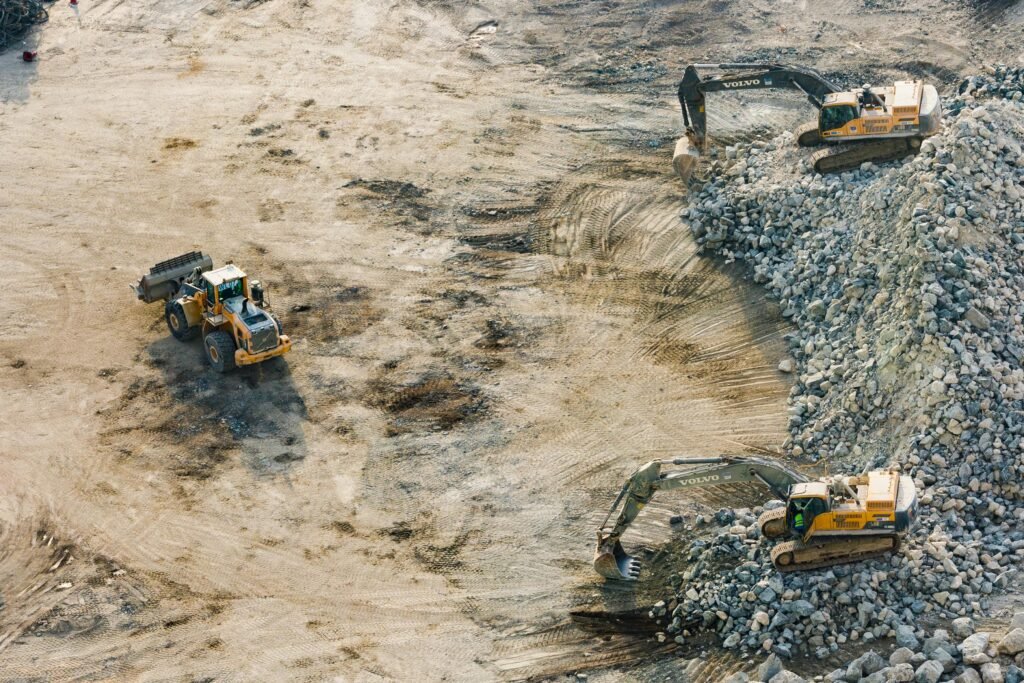
In the mining sector, heavy machinery has long been associated with brute strength and massive scale. However, in 2025, these machines are undergoing a significant transformation. No longer defined solely by size, modern mining equipment is becoming smarter, cleaner, and more efficient—powered by digital integration, automation, and electrification.
The Core Functions of Mining Equipment
Heavy equipment is essential across every phase of mining operations. From excavators digging through dense geological layers, to haul trucks transporting tons of material, these machines are the backbone of productivity. They support material movement, site development, extraction, and post-mining land reclamation. Today, their value is increasingly measured not just by output, but by precision, safety, and sustainability.
Autonomous Haul Trucks: Redefining Efficiency and Safety
Autonomous haul trucks are among the most transformative technologies in modern mining. These driverless vehicles use GPS, artificial intelligence, and sensor networks to navigate independently within designated routes. With no need for human drivers, they reduce the risk of accidents, improve fuel efficiency through optimized paths, and enable 24/7 operations. The adoption of autonomous fleets marks a strategic shift toward safer and more predictable mining environments.
Smart Excavators: Precision Engineering in Motion
Excavators have evolved from simple digging machines into advanced precision tools. Today’s models are equipped with smart hydraulic systems, automated control interfaces, and load-sensing technologies. Many can be operated remotely using tablet-based systems, allowing operators to manage workloads with high accuracy from a safe distance. These advancements reduce fuel consumption, lower maintenance costs, and improve material handling efficiency.
Electrification: Toward Cleaner and Quieter Operations
With global attention on climate responsibility, electrification of mining equipment is gaining momentum. Battery-powered excavators, loaders, and haul trucks are being developed to reduce emissions and operate more quietly—particularly beneficial in underground or environmentally sensitive sites. Electrified machines also offer smoother performance with fewer mechanical components, lowering the total cost of ownership over time.
Real-Time Monitoring and Predictive Maintenance
The integration of IoT (Internet of Things) and real-time monitoring systems is enabling a new level of asset management. Sensors embedded in key components continuously track machine health indicators such as engine temperature, vibration, and hydraulic pressure. This data is used to schedule maintenance proactively, reduce downtime, and extend equipment lifespan. Predictive analytics also supports operational planning and helps avoid unexpected failures.
The Future of Mining Machinery
The mining industry in 2025 is driven by a new philosophy: machines must be not only powerful, but also intelligent, sustainable, and safe. Investments in digital technology, automation, and energy-efficient systems are transforming how mines operate. As the demand for raw materials increases, so does the need for equipment that can meet high production standards while minimizing environmental and safety risks.
Mining companies that embrace this evolution will be better positioned to compete in an industry that prioritizes long-term resilience over short-term gains.
